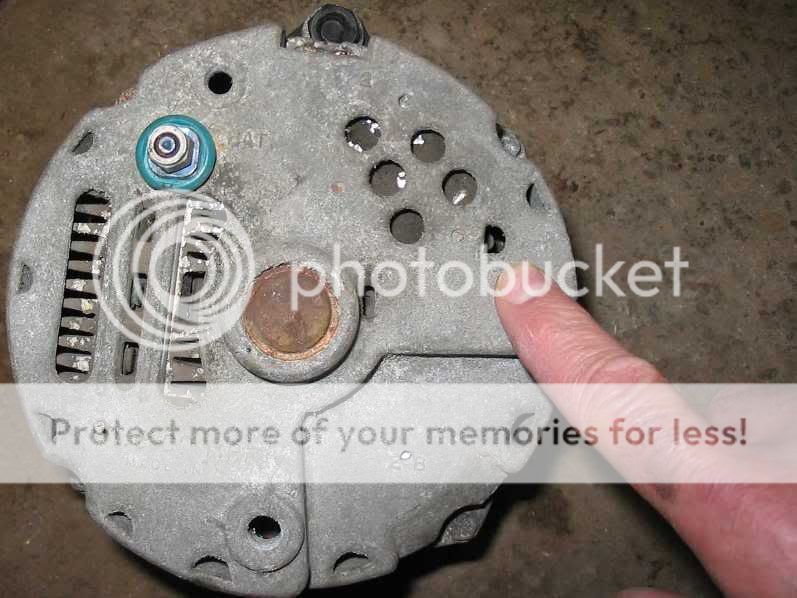rosedale123
Member
when i unhook the battery the tractor quits - is that correct? It has a 12 volt conversion using an alternator ( 3 wires) .From the spade connector one wire (#2) goes to the battery lug on the alternator. the other wire on the spade conector (#1) goes to the igniton swith. the battery lug on the alt ( I used 10 gage)goe to one side of the ammeter. the other side of the ammeter goes to the battery.
the ammeter needle does not "flinch" when the ignition is turned on and does not move when when the tractor is running. when running the battery voltage is 12.45. the battery voltage a the battery lug on the alternator is 12.45/
Would you say the alternator is not working???
the ammeter needle does not "flinch" when the ignition is turned on and does not move when when the tractor is running. when running the battery voltage is 12.45. the battery voltage a the battery lug on the alternator is 12.45/
Would you say the alternator is not working???


